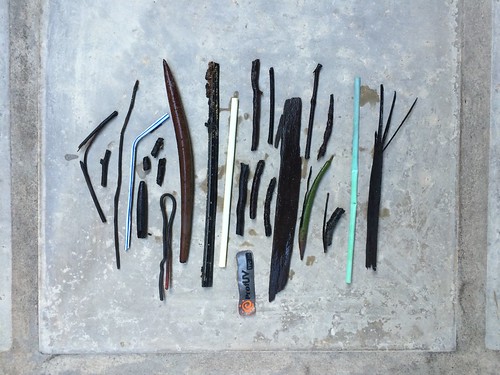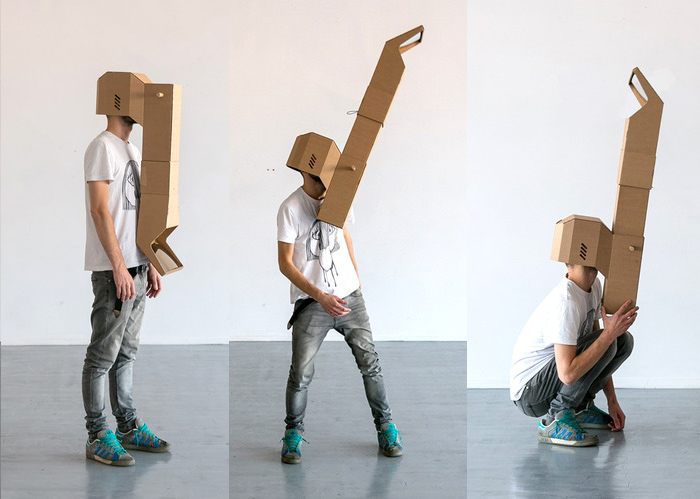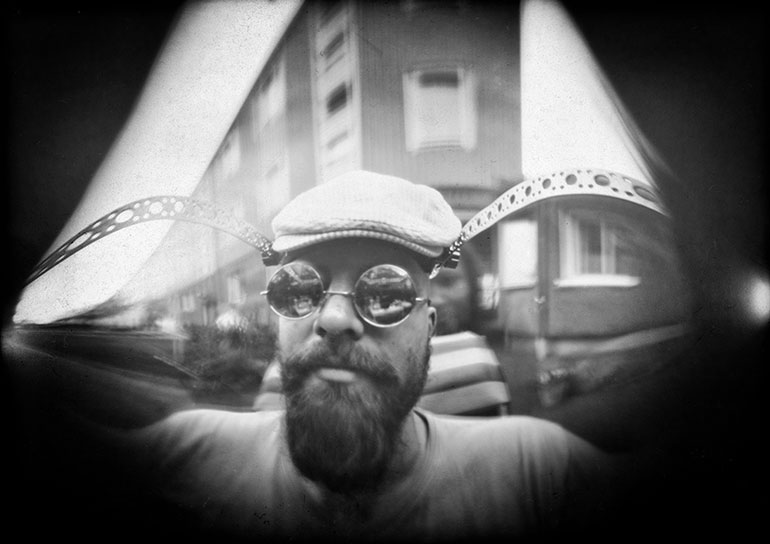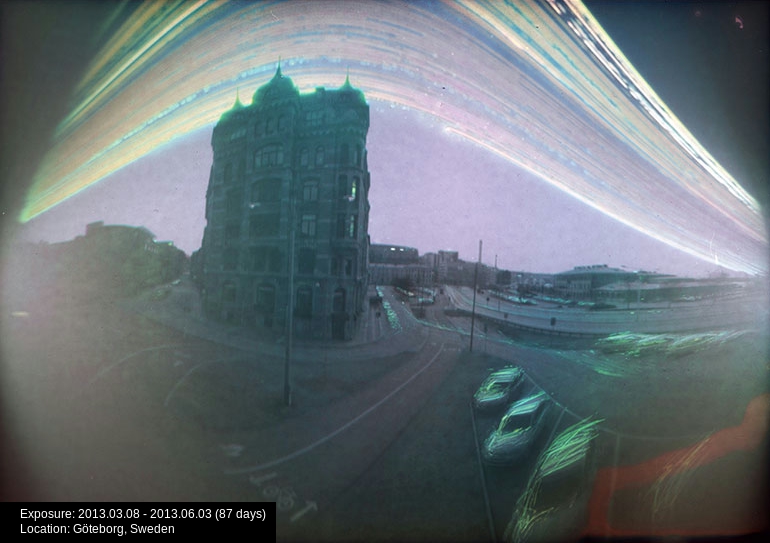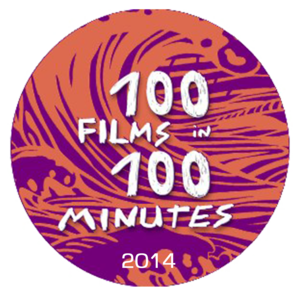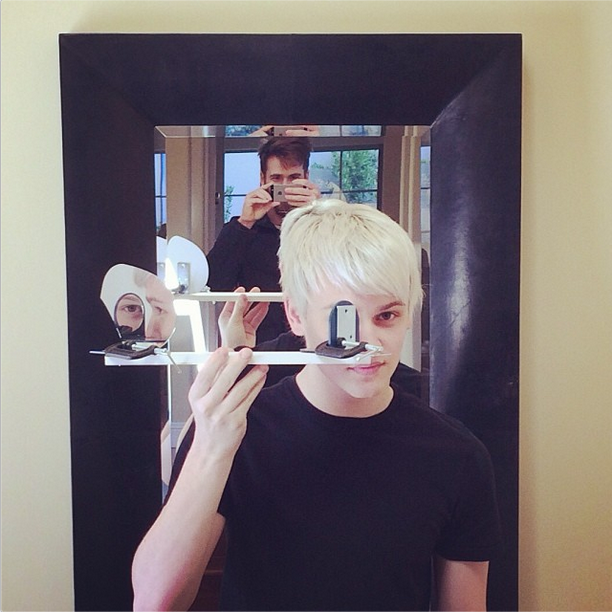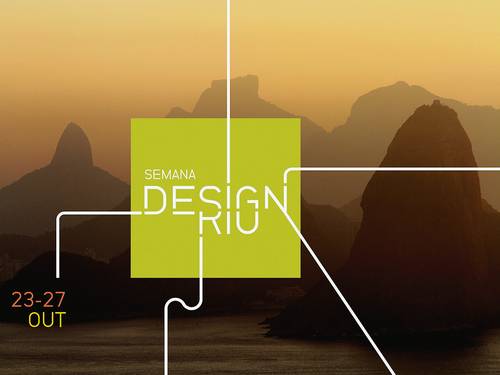The Making of MADinSpain 2014
Making of MAD14 by Domestika from MAD by Domestika on Vimeo.
Here’s a cool making-of video about the design event I spoke at this past summer in Madrid. It was such a great experience. The organizers made a point of creating opportunities for the participants to really get to know each other, in keeping with the event’s theme of “connection”. I learned a lot, had tons of fun, and made some great new friends from halfway around the world. If you ever get the chance to go to this conference, don’t hesitate, just do it!
Eyeteleporter and Pinhole Selfies
From a planet not far from the Telestereoscope, two projects have just entered our universe…
The Eyeteleporter, a wearable cardboard periscope that displaces your vision about two feet in any direction:
And Pinhole Selfies, a delightful mashup of retro tech with millennial idiom:
Hat tip to Brock Hanson for the links.
Update: I just realized that the pinhole selfie photographer, Ignas Kutavicius, is the same fellow who invented the amazing solargraphy technique of capturing the sun’s movement with a long exposure pinhole camera. Brilliant!
Ukraine, Baby!
How to Make a Baby has been selected for the Kyiv International Film Festival‘s “100 Films in 100 Minutes” program, a collection of short-shorts that will travel to various cities throughout Ukraine from October to December 2014. The program looks amazingly diverse, and we’re delighted to be a part of it!
Randy Cook speaks out on “digital makeup”
There has been much hubbub in the animation community lately around actor Andy Serkis’s continuing assertion that he is the sole author of mocap-based characters like Gollum from Lord of the Rings, and that animators merely provide “digital makeup”, and play no creative role whatsoever in those performances. My friends who worked on those movies have always told me privately that this is far from the truth. Now Randall William Cook, Director of Animation on all three “Lord of the Rings” movies, has finally come out in public with a detailed explanation of how Gollum’s performance was actually created.
Here are Mr. Cook’s thoughts, reproduced with his permission:
———
Andy Serkis has been throwing the term “Digital Makeup” around again, and causing some pretty fervid reactions as a result. He has his detractors and defenders, among them animators and motion capture editors, people who have met Andy and found him a nice bloke, people who are interested in the art of animation or the in art of acting or in both. But so far I have seen nothing from anybody who was in the trenches and actually worked on Gollum, so I suppose it’s time I weighed in on the matter.
My name’s Randall William Cook, and I was the Director of Animation on the LORD OF THE RINGS trilogy.
Upcoming talk: MadinSpain
I’ll be doing my “Animator as Designer” talk this June in Madrid, at a design event called MadinSpain. The event grew out of domestika.org, an online community for designers, architects, illustrators, animators, typographers, and other creative types based primarily in Spain. The video below gives a nice sense of the flavor of this event. I’m really looking forward to it. If you’re in that part of Europe the weekend of June 27th, come on by and say hello!
MAD 2012 – Making of from MADinSpain on Vimeo.
Paint a Starry Night Again, Man!
“That’s one thing that’s always been a difference between the performing arts and being a painter, you know. A painter does a painting, and he paints it, and that’s it. He has the joy of creating it, it hangs on a wall, and somebody buys it, and maybe somebody buys it again, or maybe nobody buys it and it sits up in a loft somewhere until he dies. But he never, you know, nobody ever said to Van Gogh, ‘Paint a Starry Night again, man!’ You know? He painted it and that was it.” — Joni Mitchell
These guys are about to attempt the impossible. They’re gonna paint A Starry Night again… and again… 56,800 times.
Their aim is to make a feature film about the life of Vincent van Gogh, every frame hand-painted in his style. These people are the real deal–an Oscar-winning stop-motion producer and some very talented artists. And if their project gets funded, it’ll employ dozens of painters to spend their time painting instead of whatever else they’d otherwise have to do to make a living. A worthy project no matter how you look at it. Backed!
A homegrown telestereoscope
Once in a while I get a random email from someone interested in checking out the Telestereoscope. If they’re local, I usually direct them to the CuriOdyssey museum, where we have a small one installed. But lately I’ve been encouraging anyone who’s interested to try building one for themselves. Our first prototype cost just a few dollars in materials, and can be put together in minutes. (Calibrating it takes a bit longer, but the process is educational, and ultimately quite rewarding.)
Here’s a working telestereoscope built by Will Rogers. He used metal C-clamps and some very interestingly shaped mirrors (maybe reclaimed from an old car?) giving his version a really distinctive style. I love it!
More about Rio Design Week
Here’s some more nice press about tonight’s talk at Rio Design Week.
Tecnologia e desenho unidos pela diversão (O Globo, Oct. 17)
Criando mundos que se mexem (Secretaria de Cultura, Oct. 22)
Rio inspira olhares estrangeiros que veem arte por todos os lados (O Globo, Oct. 26)
Uma viagem ao mundo da animação na Semana Design Rio (O Globo, Oct. 27)

I also did an extra run-through of my talk Friday morning for a small private group, composed of designers from the Rio de Janeiro Creative Club, and publicists from O Globo newspaper. They were a great audience, and asked really interesting questions!
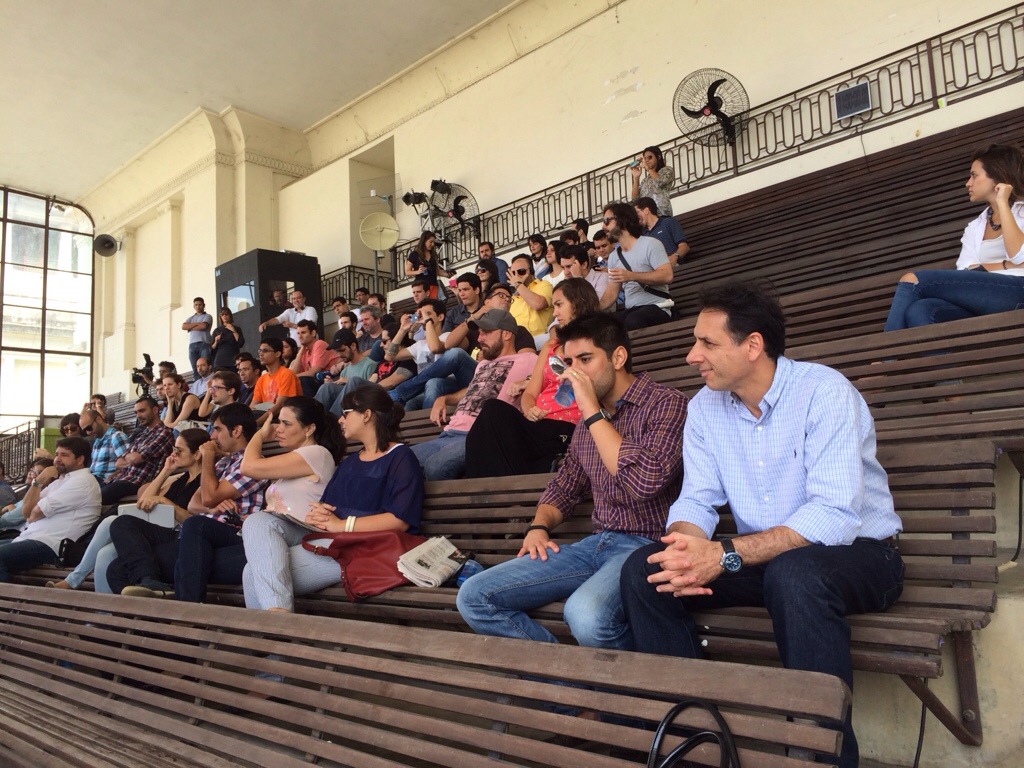


Rio Design Week
On October 26th I’ll be giving my “Animator as Designer” talk as part of a new annual design event in Rio de Janeiro, Brazil. Here’s an article about the event in the Brazilian newspaper, O Globo. (Or see Google’s English translation of same.) If you’ll be in Rio that week, stop by and say “oi”!

